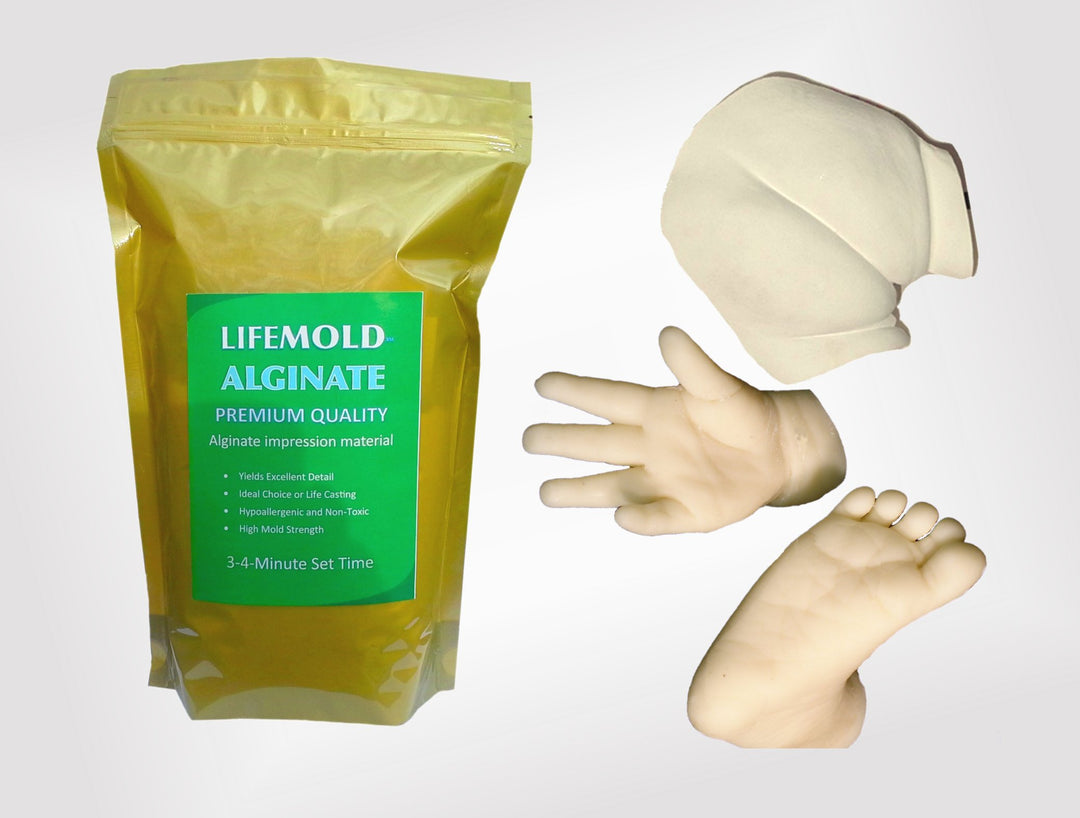Living Mold Making -- Hyper-Realism To the Max

Cornell bioengineers and physicians have created an artificial ear -- using 3-D printing and injectable molds -- that looks and acts like a natural ear, giving new hope to thousands of children born with a congenital deformity called microtia.
In a study published online Feb. 20 in PLOS One, Cornell biomedical engineers and Weill Cornell Medical College physicians described how 3-D printing and injectable gels made of living cells can fashion ears that are practically identical to a human ear. Over a three-month period, these flexible ears grew cartilage to replace the collagen that was used to mold them.
"This is such a win-win for both medicine and basic science, demonstrating what we can achieve when we work together," said co-lead author Lawrence Bonassar, associate professor of biomedical engineering.
To make the ears, Bonassar and colleagues started with a digitized 3D image of a human subject’s ear and converted the image into a digitized “solid” ear using a 3D printer to assemble a mold.
They injected the mold with collagen derived from rat tails, and then added 250 million cartilage cells from the ears of cows. The high-density gel has a consistency that is similar to Jell-O when the mold is removed. The collagen serves as a scaffold upon which cartilage can grow.
The novel ear may be the solution reconstructive surgeons have long wished for to help children born with ear deformity, said co-lead author Dr. Jason Spector, director of the Laboratory for Bioregenerative Medicine and Surgery and associate professor of plastic surgery at Weill Cornell in New York City.
First its starts with the ear, perhaps next the hand, then . . .




